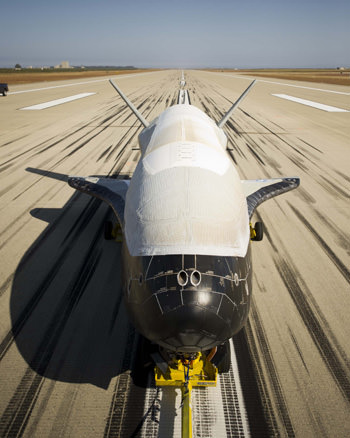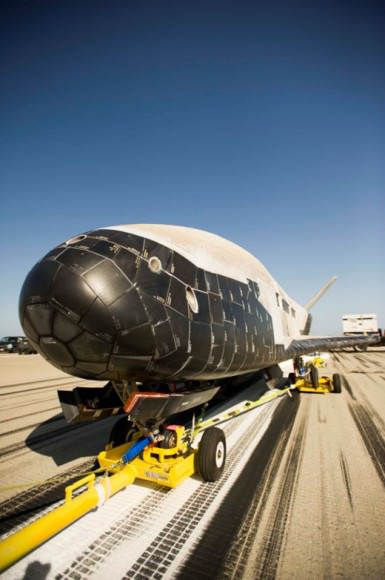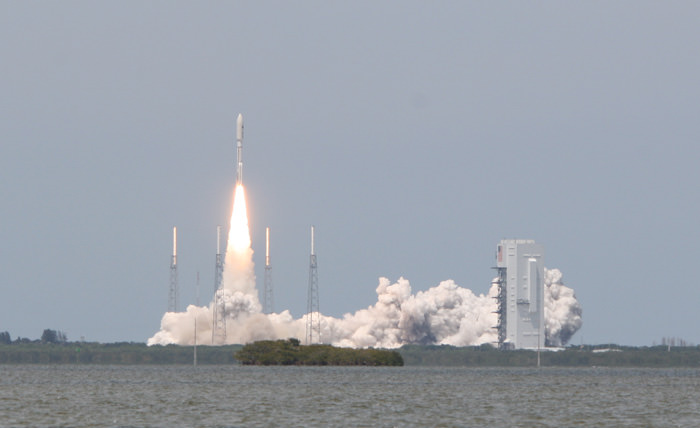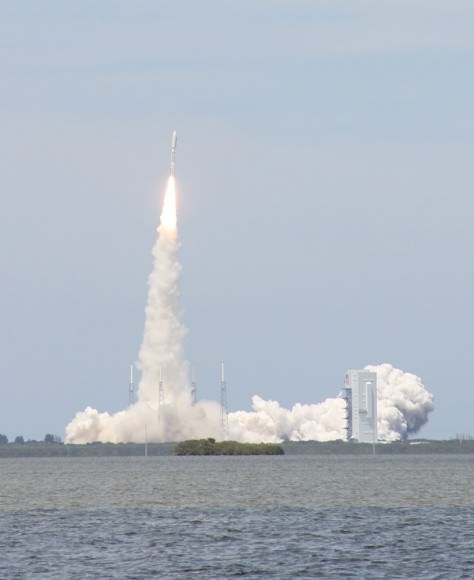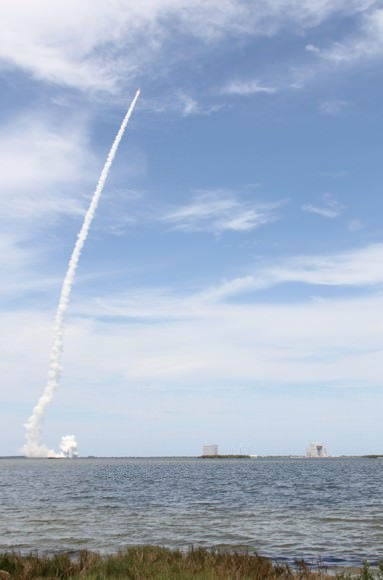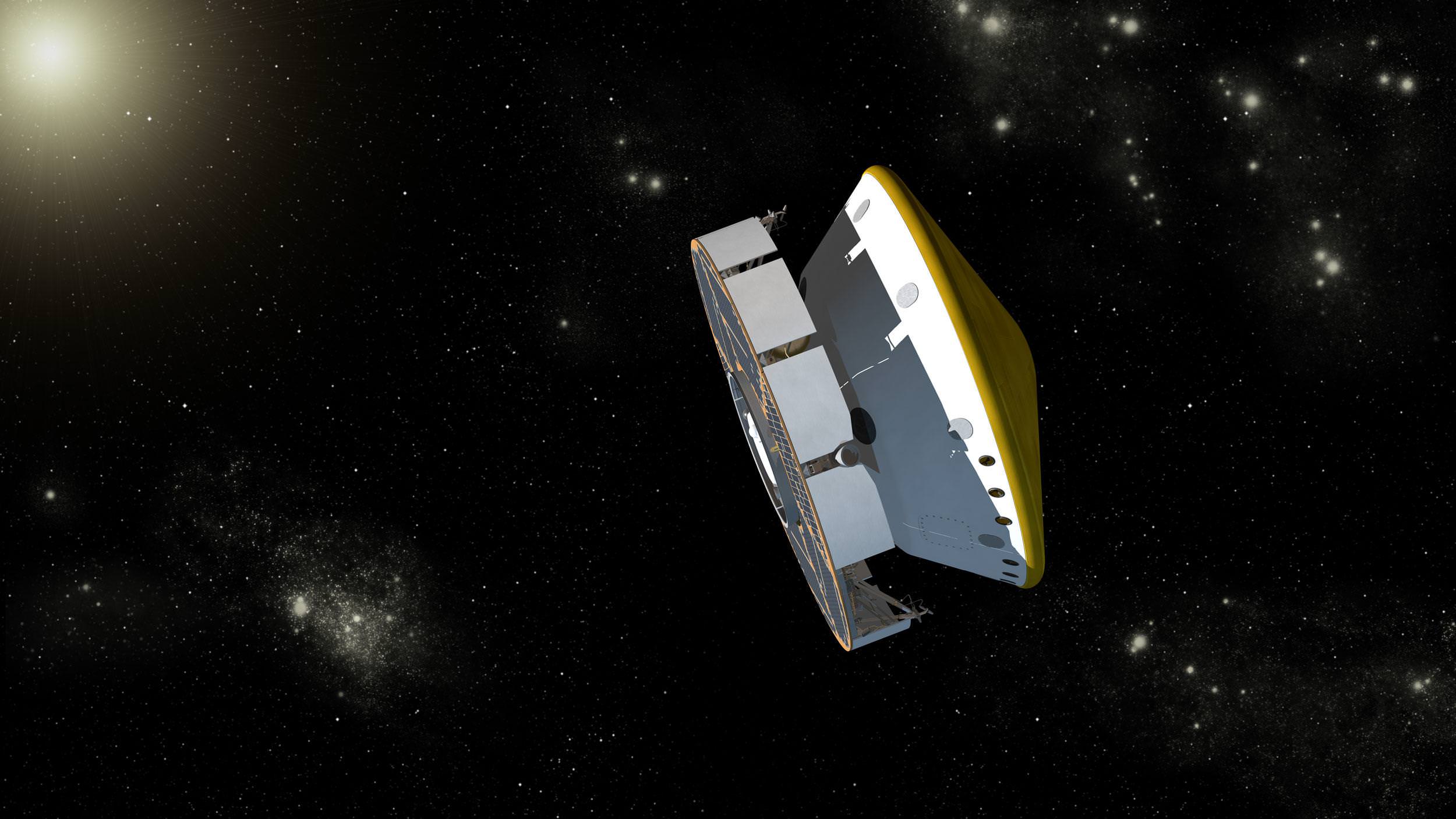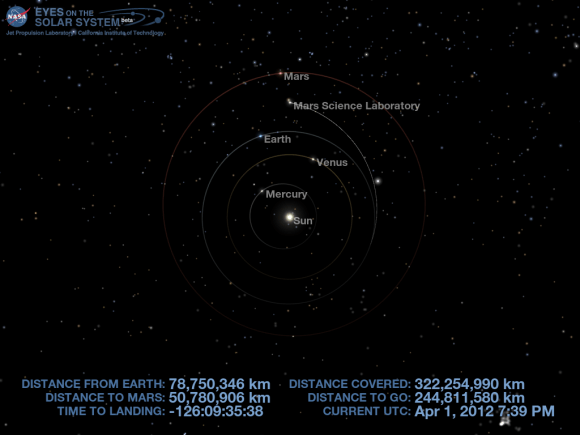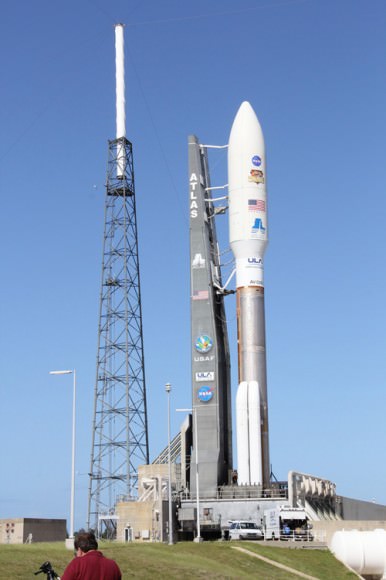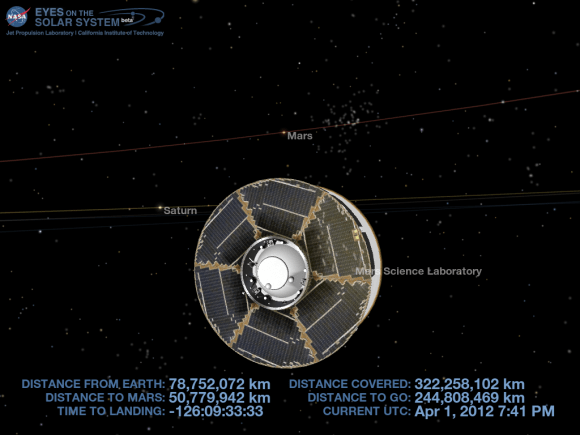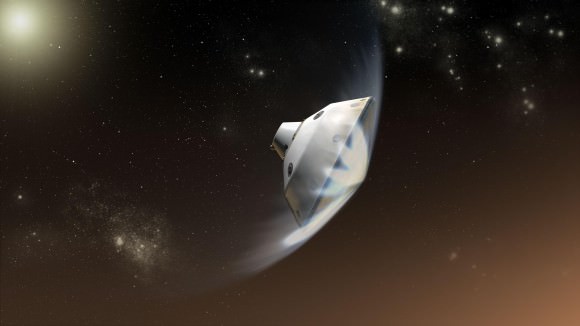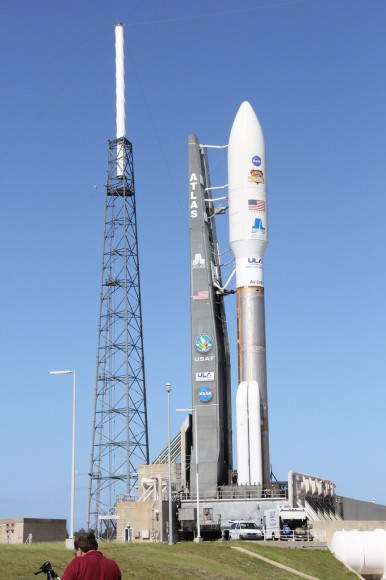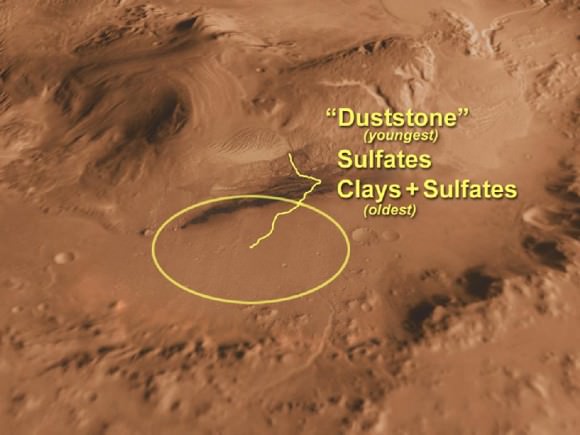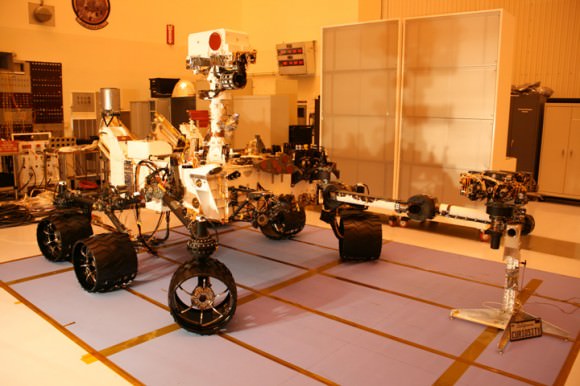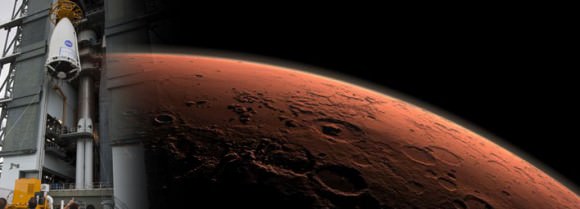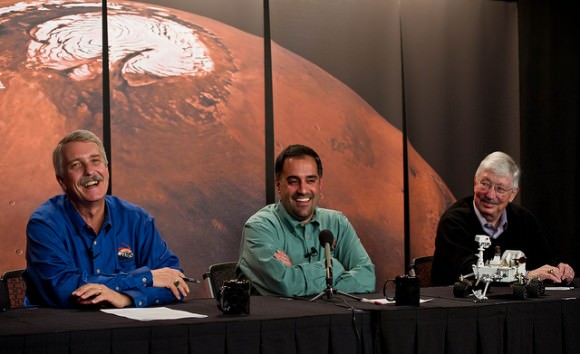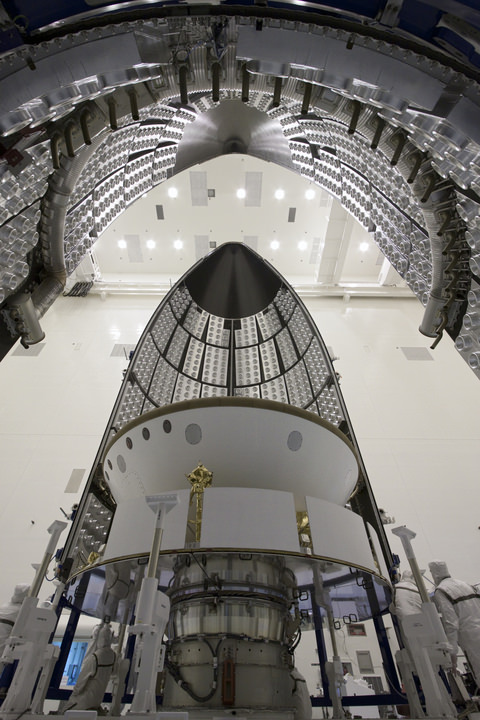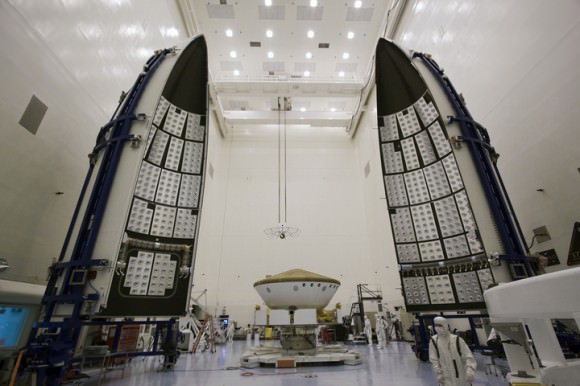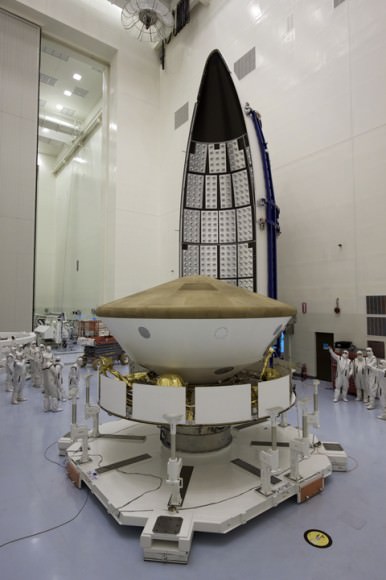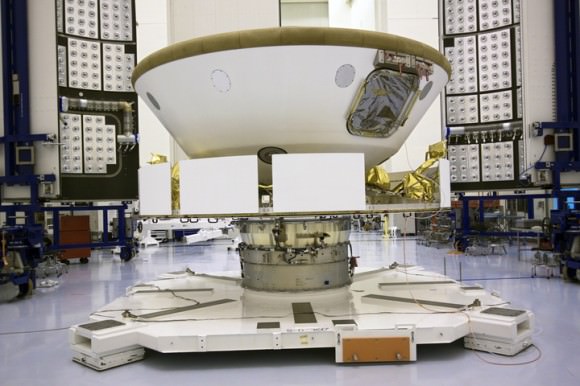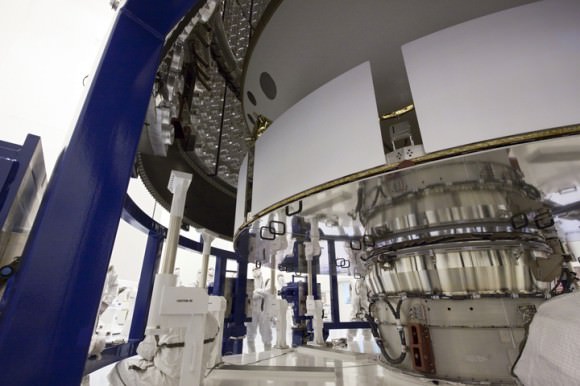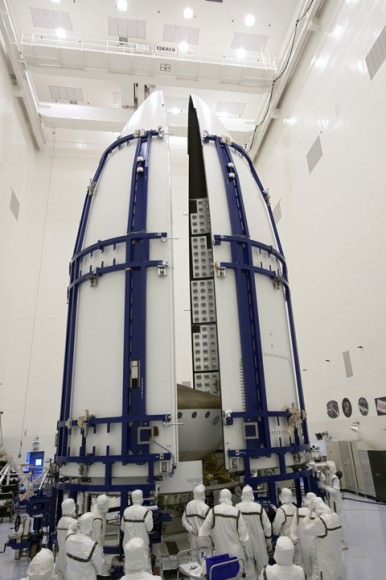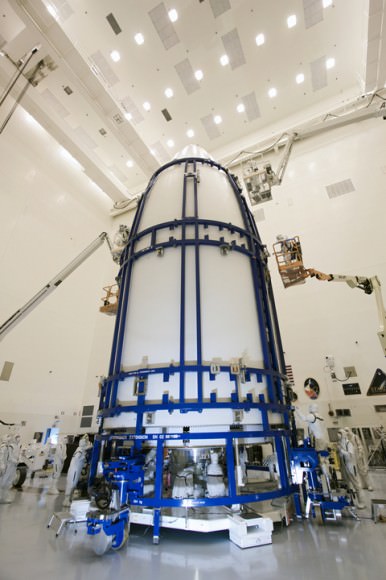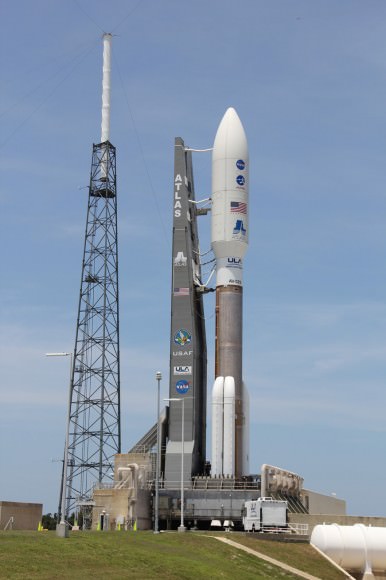Image Caption: 2nd X-37B Orbital Test Vehicle Successfully Completes 1st Flight by landing at Vandernberg AFB, Calif., on June 16, 2012. The record setting mission lasted 469 days in earth orbit. Designed to be launched like a satellite and land like an airplane, the second X-37B Orbital Test Vehicle, built by Boeing for the United States Air Force’s Rapid Capabilities Office, is an affordable, reusable space vehicle. Credit: Boeing.
See landing video below
The 2nd of the US Air Force’s top secret X-37B unmanned, reusable mini shuttles safely landed on Saturday, June 16, at 5:48 a.m. Pacific local time at Vandenberg Air Force Base, California to conclude a record setting classified 469 day experimental test flight in Earth orbit.
This was the first flight of OTV-2 and the second flight of the military’s classified X-37B Orbital Test Vehicle (OTV) test program for the U.S. Air Force Rapid Capabilities Office.
The reusable space plane is designed to be launched like a satellite and land on a runway like an airplane and NASA space shuttle. The X-37B is one of the newest and most advanced reentry spacecraft.
Here is the YouTube landing video released by the US Air Force:
OTV-2 was launched atop a United Launch Alliance Atlas V booster from Cape Canaveral Air Force Station, Fla., on March 5, 2011.
About 18 minutes after launch, the Air Force imposed a news blackout on the classified mission. Details about the cargo and experiments loaded aboard the Air Force orbital space plane are shrouded behind a veil of military security.
It is not known if the X-37B conducted reconnaissance activities during the test flight. It does have the capability to deploy satellites in space
The Air Force says the primary mission goal was to check out the vehicles capabilities and testing the ability to send experiments to space and return them safely.
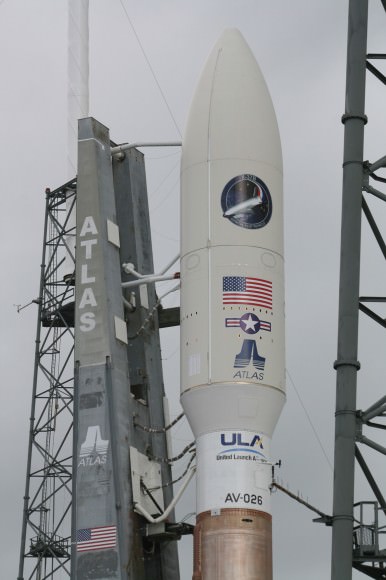
Image caption: Top secret Air Force X-37B OTV mini space shuttle is encapsulated in 5 meter payload fairing and bolted atop an Atlas 5 rocket at Pad 41 at Cape Canaveral Air Force Station, Florida prior to 5 March 2011 launch. This up close view of the nose cone holding the classified X 37-B shows the umbilical line attachments. Credit: Ken Kremer
The mission duration of well over one year far exceeded the 220-day mission duration of the first OTV craft and tested additional capabilities. Two OTV vehicles have been built by Boeing. The first craft, known as OTV-1, was the United States’ first unmanned vehicle to return from space and land on its own.
Previously, NASA space shuttles piloted by astronauts were the only space vehicles that had demonstrated the capability of returning to Earth and being reused.
“The vehicle was designed for a mission duration of about 270 days,” said Lt. Col. Tom McIntyre, the X-37B program manager in an Air Force statement. “We knew from post-flight assessments from the first mission that OTV-1 could have stayed in orbit longer. So one of the goals of this mission was to see how much farther we could push the on-orbit duration.”
The 11,000 pound state-of -the art reusable OTV space plane was built by Boeing and is about a quarter the size of a NASA space shuttle. It was originally developed by NASA but was transferred to the Defense Advanced Research Projects Agency (DARPA) in 2004.
“With the retirement of the space shuttle fleet, the X-37B OTV program brings a singular capability to space technology development,” McIntyre said. “The return capability allows the Air Force to test new technologies without the same risk commitment faced by other programs”
Among the cutting-edge technologies tested were the auto de-orbit capability, thermal protection tiles, and high-temperature components and seals.
“The X-37B’s advanced thermal protection and solar power systems, and environmental modeling and range safety technologies are just some of the technologies being tested,” said McIntyre. “Each mission helps us continue to advance the state-of-the-art in these areas.”
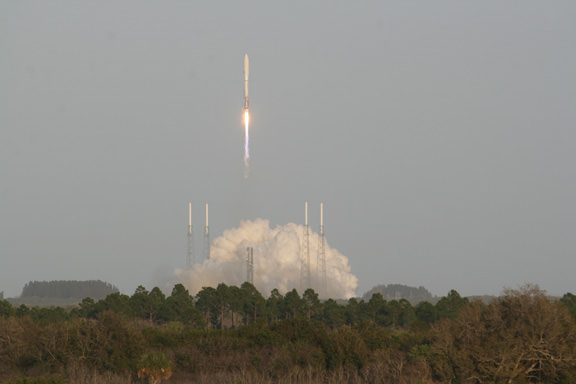
Image caption: Blastoff of the X-37B Orbital Test Vehicle (OTV) atop an Atlas V rocket on March 5, 2011 from Space Launch Complex-41 (SLC-41) at Cape Canaveral Air Force Station, Florida. Credit: Ken Kremer
OTV-1 may lift off as early as October 2012 from Cape Canaveral.
“We look forward to the second launch of OTV-1 later this year and the opportunity to demonstrate that the X-37B is an affordable space vehicle that can be repeatedly reused,” said Paul Rusnock, Boeing vice president of Government Space Systems.
Read my X-37B OTV-2 pre-launch report and see my up-close photo album of the Atlas launch pad – here

